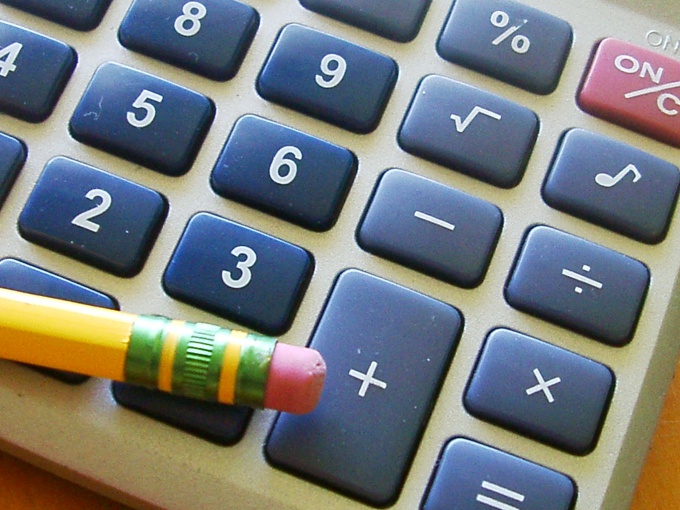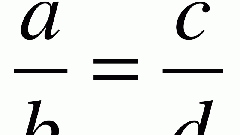Instruction
1
A simple example, when you want to apply the knowledge of solving proportions: how to calculate 13% of your salary – the same percentage that goes to the Pension Fund.
2
Write two lines of proportion. First, enter the total salary amount, which represents 100%, i.e., for example, 15 000 (rubles) = 100%.
3
The line below indicate the amount that you need to calculate the sign "X" which is equal to 13%, that is, X = 13%.
4
The main property of proportions is: the product of the extreme members of the proportion is equal to the product of its average members. This means that if you multiply 15 000 to 13, the resulting number will equal the value of X, multiplied by 100. That is, by multiplying the proportion of members of the criss cross, you will receive the same value.
5
To calculate what is ultimately X, multiply 15 000 by 13 and divide by 100. You get that 13 per cent of your salary is 1950 rubles, thus, you get a 15,000 – 1950 = 13 050 rubles of net pay.
6
If you need to take for the cake 100 grams of powdered sugar, and you know that in one faceted glass is placed 140 grams, make the following proportion:
100 = X
140 = 1
100 = X
140 = 1
7
Calculate the value of X.
X = 100 x 1 / 140 = 0,7
That is, you will need a 0.7 Cup of powdered sugar.
X = 100 x 1 / 140 = 0,7
That is, you will need a 0.7 Cup of powdered sugar.
8
Sometimes it is necessary to calculate an integer knowing only the percentage of. For example, you know that 21 people at the plant, which is 5% of the total number of employees have secondary vocational education. Make a proportion to calculate the total number of employees: X (people) = 100%, 21 = 5%. 21 x 100 / 5 = 420.
9
Thus, by writing two lines of data available, the value of the unknown member need to find: multiply together those members of the proportions that are near the top of the unknown and divide the resulting number by the value that is diagonal from the unknown.
A=B
WITH=D
A = B x C / D; B = A x D / C; C = A x D / B; D = C x B / A
A=B
WITH=D
A = B x C / D; B = A x D / C; C = A x D / B; D = C x B / A


